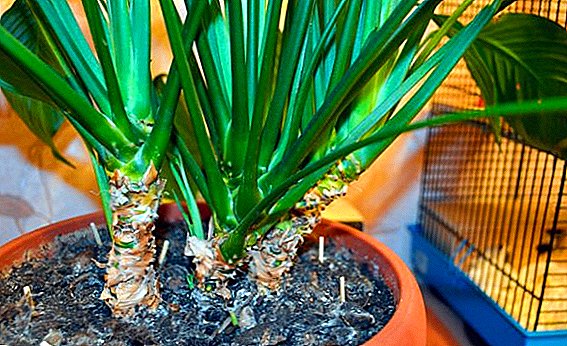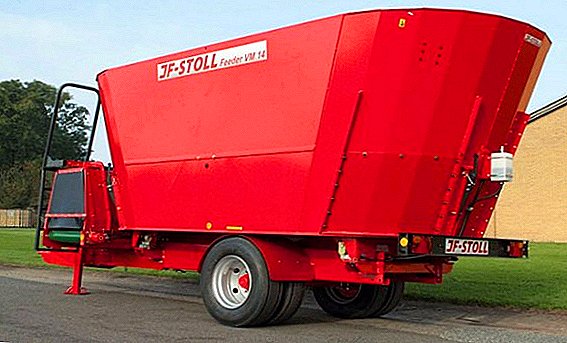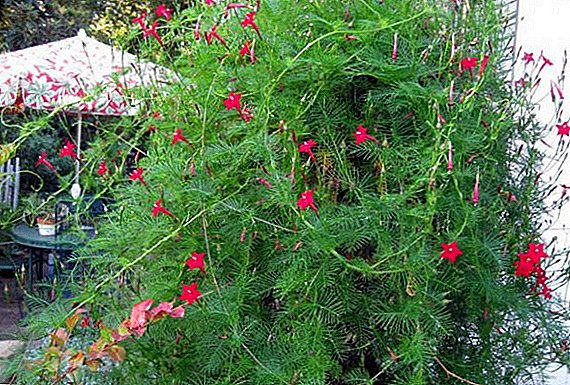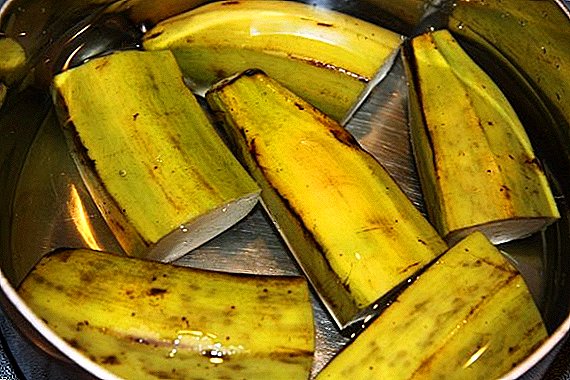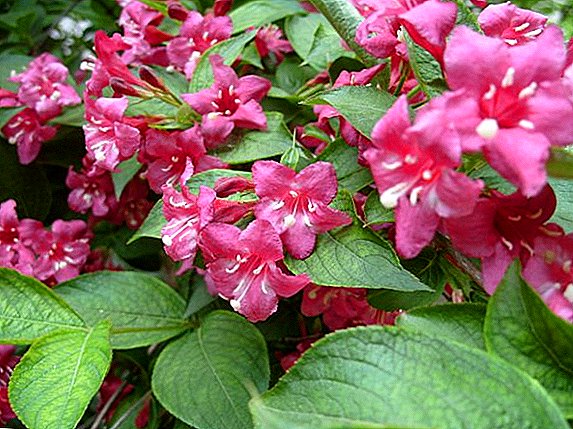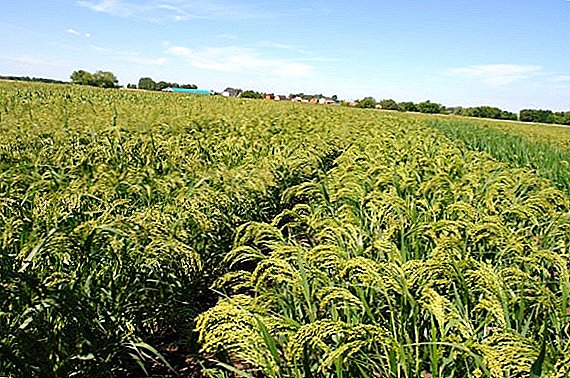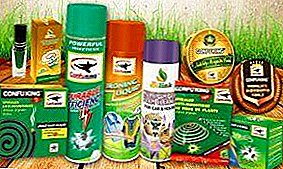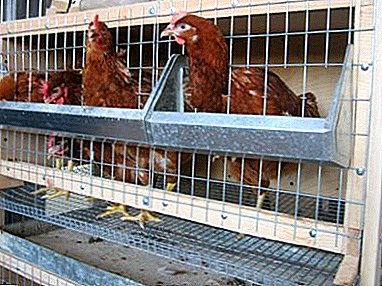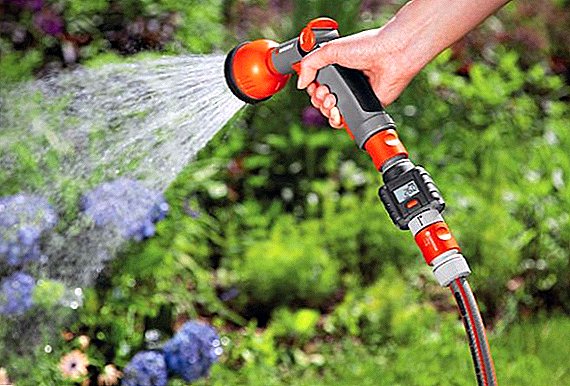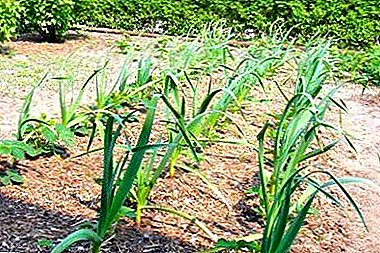
Garlic is a herbaceous plant useful not only for the human body, but also for the garden itself. Here we will tell you, after which crops you should not plant garlic, what can be planted nearby, how to achieve a better harvest and a lot of interesting things. Make yourself comfortable, because there are important tips ahead, we will tell you why it is important to take into account the compatibility of vegetable crops when planting, how garlic is combined with other crops, what are the most suitable for the next planting after garlic, how long you need to wait before the next planting and is it possible sow several years in a row.
Why the question arises about the compatibility of different vegetables, what to sow next?
It is very important to choose neighbors for garlic, because each vegetable grows under its own conditions.. It releases to the surrounding soil and air substances that repel infections and pests. If there is such a plant nearby, vegetables do not need to be further processed with chemistry. The earth remains the same clean and with beneficial trace elements.
If it is wrong to pick vegetables and plant, for example, legumes next to garlic, then they simply will not develop. A small crop of garlic and beans awaits you, because incompatible crops are more prone to disease.
How to combine with other cultures and other vegetables with it?
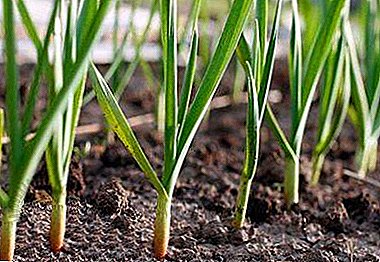 Nearby you can plant potatoes. Because of the fungicide that garlic secretes, fungal infections cannot affect the nearby vegetables. And phytoncides can inhibit the growth of bacteria, disinfect everything around them. So plants without obstacles feed and strengthen in the ground. As for the potato, it is less likely to be infected with late blight next to such a spice.
Nearby you can plant potatoes. Because of the fungicide that garlic secretes, fungal infections cannot affect the nearby vegetables. And phytoncides can inhibit the growth of bacteria, disinfect everything around them. So plants without obstacles feed and strengthen in the ground. As for the potato, it is less likely to be infected with late blight next to such a spice.- Garlic can be placed between the berries - strawberries, raspberries, black currants. So he scares away small insects that harm crops (flies, ants).
- Stick garlic cloves between flowers, and pests will not nibble leaves and bulbs (for example, near gladiolus or tulip, roses).
- Leaves of lettuce, parsley get rid of the leaf pan, and the carrot from the fly (carrot), which affects the whole fruit. Is it possible to have a number of tomatoes, cucumbers and greens? Since garlic grows in the same conditions, they can also be located nearby. As practice shows, most gardeners plant garlic between the rows of strawberries or strawberries.
After or between what crops can you plant?
In their development, any crops take nutrients from the earth, so over time the land is depleted, it is necessary to restore fertility. We recommend planting in turn plants that take a lot from the ground, and unpretentious.
Reference! For example, if this year you plant carrots, then next year it is better to plant beans or potatoes, because they help to restore the balance of trace elements.
Garlic can be planted after crops (barley and oats do not take into account), they improve the quality of the soil in all respects. But, planting after forage plants (clover, alfalfa, zucchini, etc.) would also be an excellent option.
Rating previous plants
The best:
- cereal grasses;
- forage grasses;
- beans (beans or peas);
- squash, squash and pumpkins;
- cucumbers;
- berries;
- early cabbage and cauliflower.
Medium option:
 cabbage;
cabbage;- eggplants, tomatoes;
- pepper.
You should not plant garlic after carrots, as it tires the soil and needs fruit-bearing.
In no case should you plant winter garlic after the onion, because it sucks out too many useful substances.
Onions and garlic are very similar. therefore after onion can be transmitted disease in the soil of garlic. Beetroot and potatoes also do not fit - it is likely to infect garlic that has not yet sprouted with Fusarium.
Is it possible to sow in one place for several years?
Most often it is seated very closely to each other. At one place you can grow no more than two years. If it grows on one site for several years, the soil is affected by the stem nematode. The consequence is poor harvest, not all seeds survive, low safety in winter. In addition to the infection, the presence of a large amount of salt in the water adds to the problems, and abundant watering. Stop watering should be 20 days before harvest.
What vegetables can I plant next year?
The first question to answer is whether it is possible to plant onions after garlic the following year? Gardeners give a clear answer - no.
If you have cleared the land of winter garlic (and this is the middle of summer), it will be better to plant greens (parsley, lettuce, dill), green mans (alfalfa or peas, for example).
But, if it is spring garlic, then it is harvested at the very end of the season. Therefore, the next planting of vegetables is possible next year. Here the land is resting, so there are more options: tomatoes, cucumbers, beets or potatoes. You can also plant legumes or strawberries.
As for strawberries, it is worth considering that it is planted not for one year. Garlic does not require many trace elements, so the land remains as rich as ever.
What in the garden sow next to the garden?
The most compatible companions for garlic are berries.. They help each other develop and fight off various infections and pests. It can be raspberry, strawberry or currant. This plant helps them get rid of aphids, ants, weevil, wireworm, spider mite and nematode.
In no case should not in the neighborhood to plant peas or lentils, beans, peanuts. The distance between these beans and garlic should be at least several meters. Whether it is possible to plant onions too close to garlic - one should not do this in one bed.
How much time should pass after harvesting from the garden, after which other crops are planted?
When it comes to winter garlic, it is harvested in the middle of summer. After harvesting, wait at least two weeks, after which you can plant vegetables.
After spring garlic, and it is harvested at the end of the season, you should not occupy the ground with something. We need to give her a rest, and in the spring start planting vegetables. If you still want to plant something so that there are no weeds, then it is better to sow greens.
The main thing to remember is what, before what, and then you sow. So your land will remain as fresh and rich in beneficial trace elements.


 Nearby you can plant potatoes. Because of the fungicide that garlic secretes, fungal infections cannot affect the nearby vegetables. And phytoncides can inhibit the growth of bacteria, disinfect everything around them. So plants without obstacles feed and strengthen in the ground. As for the potato, it is less likely to be infected with late blight next to such a spice.
Nearby you can plant potatoes. Because of the fungicide that garlic secretes, fungal infections cannot affect the nearby vegetables. And phytoncides can inhibit the growth of bacteria, disinfect everything around them. So plants without obstacles feed and strengthen in the ground. As for the potato, it is less likely to be infected with late blight next to such a spice. cabbage;
cabbage;